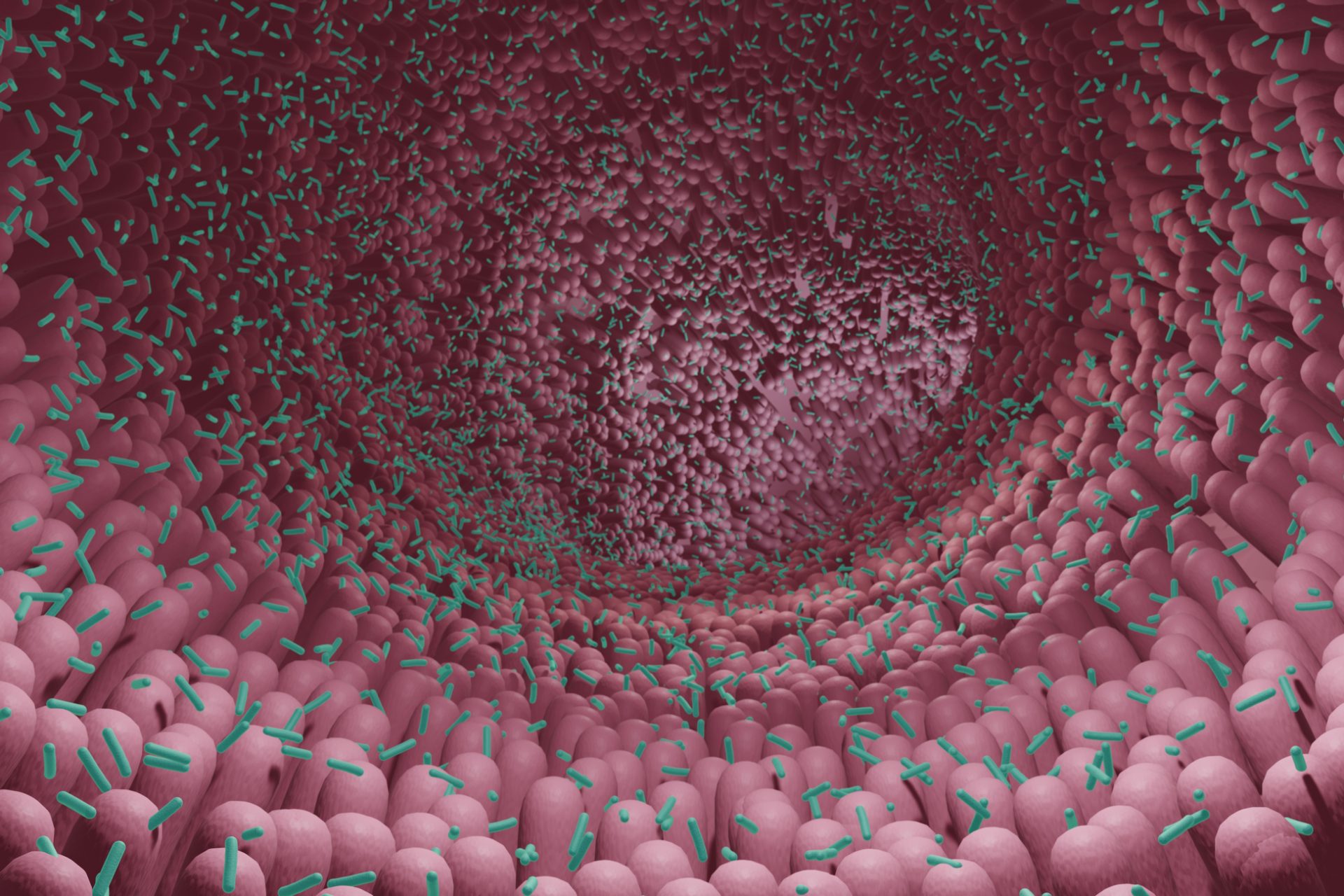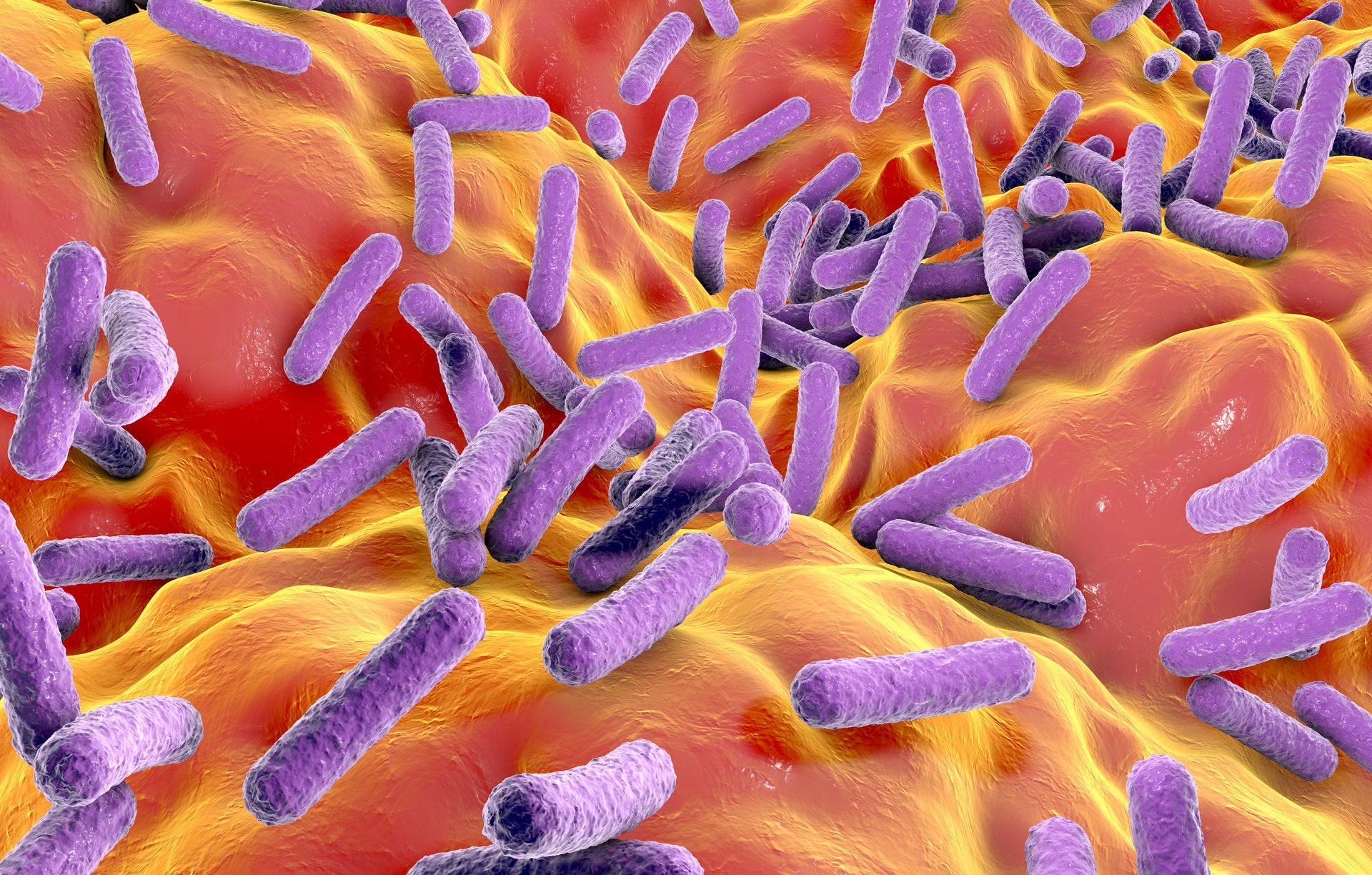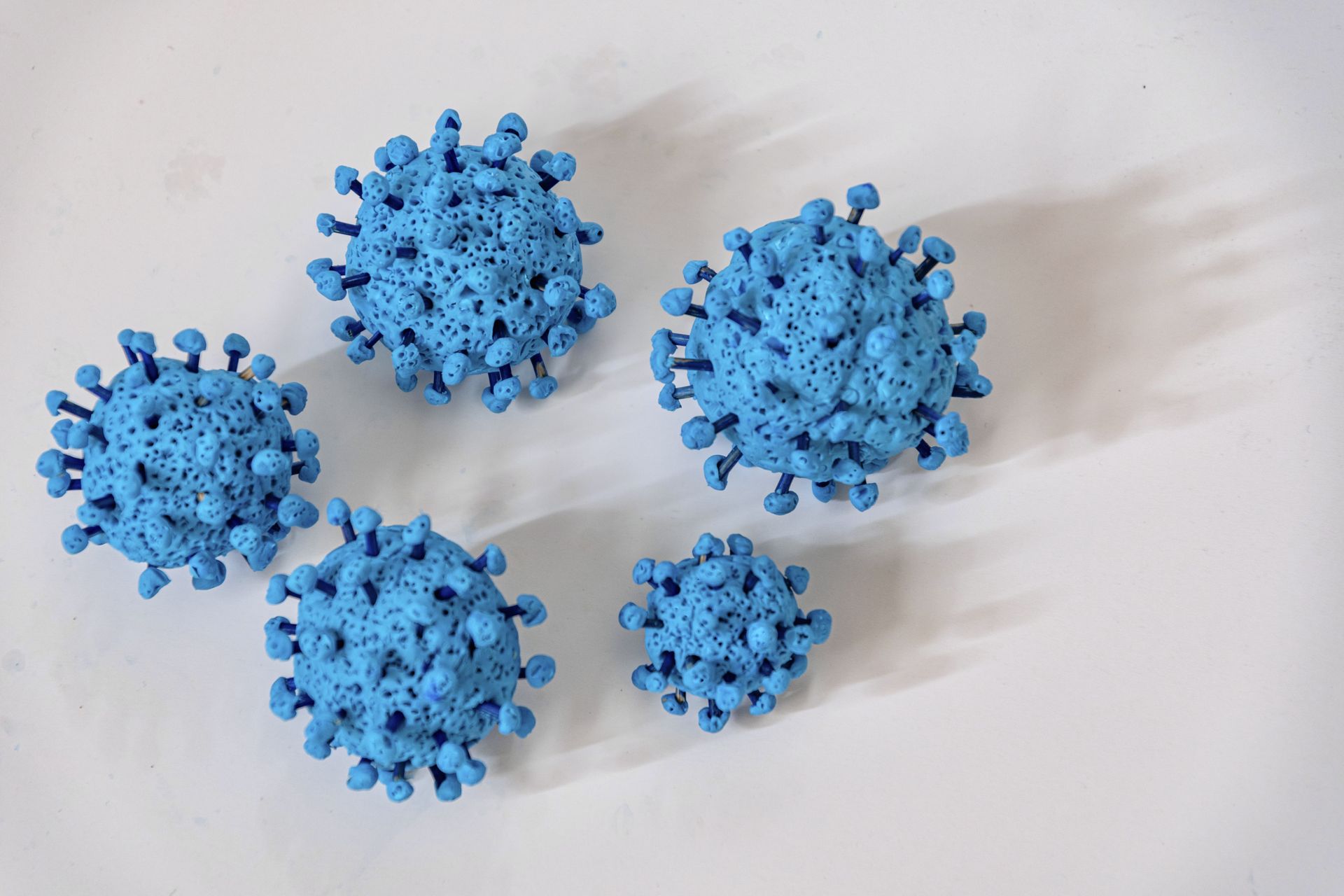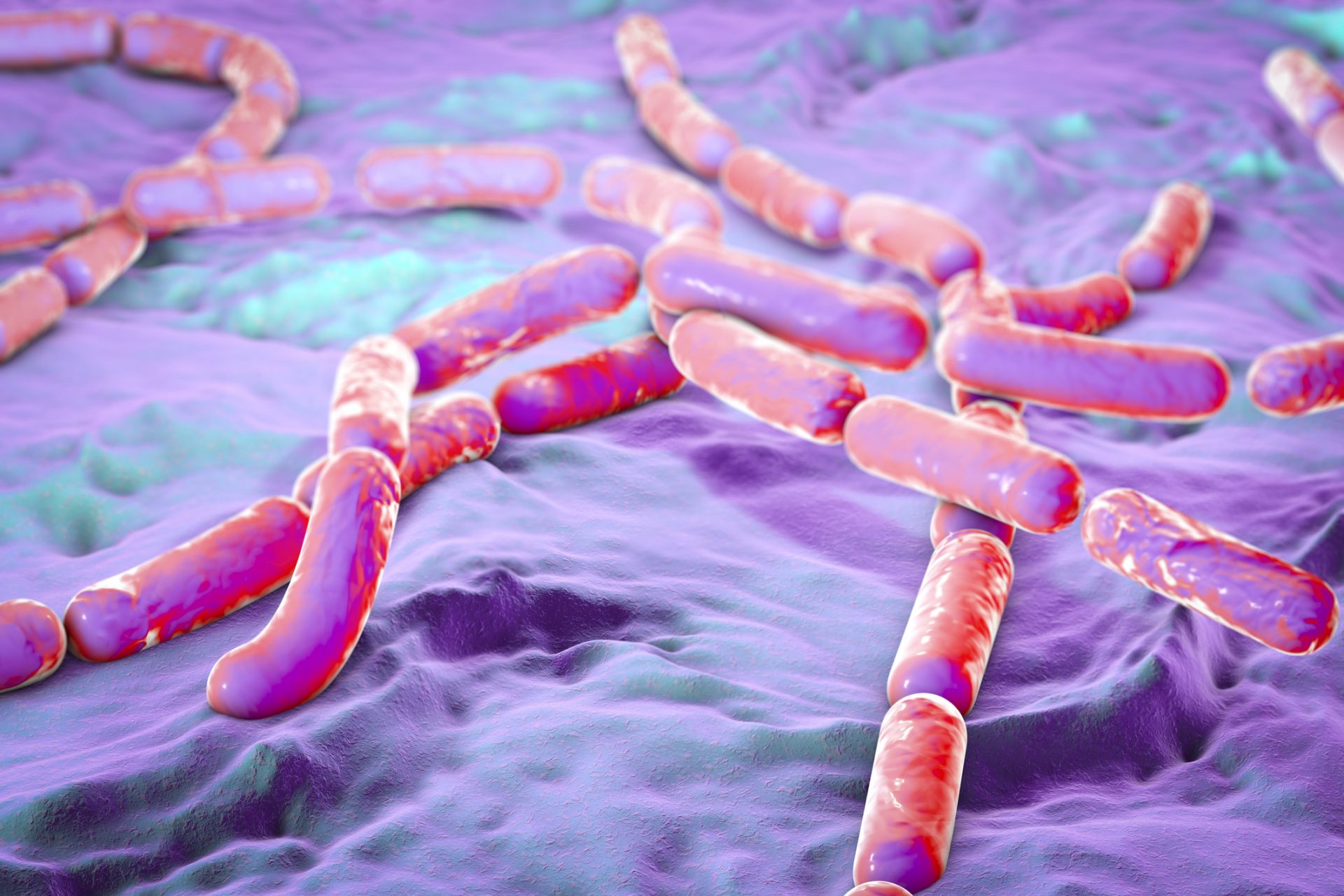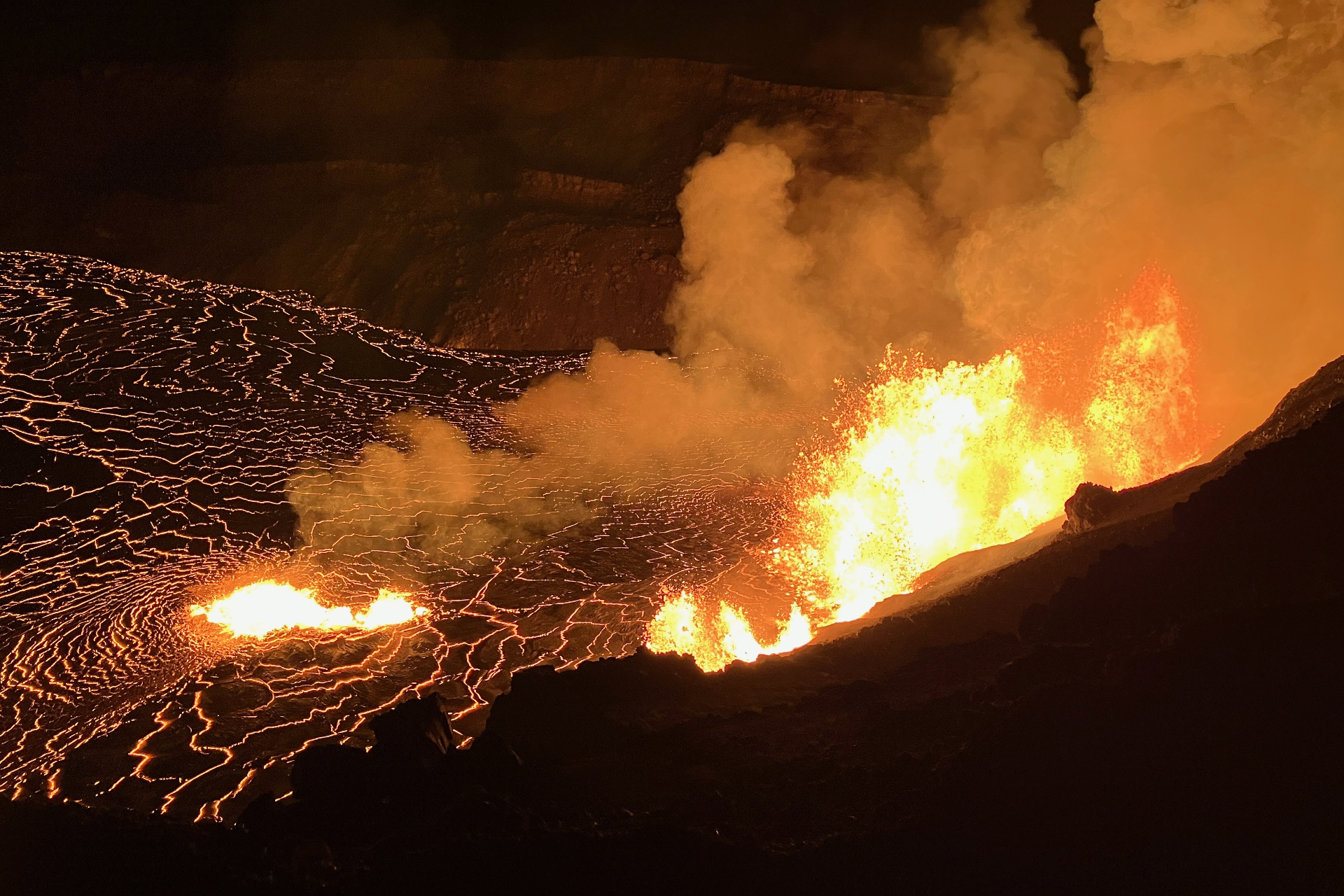Scientists have found a new life form in the most unexpected place
Scientists have discovered a new class of infectious agents. According to Scientific American, a research team spotted rouge bits of RNA colonizing bacteria.
The most surprising thing about the discovery, aside from the novelty of the life forms, is where the researchers found them: the bacteria in humans’ gut and mouth.
They published their results in a preliminary paper that has shaken the scientific world, even before the peer-reviewed version is out.
According to Science magazine, the research team behind the discovery was from Stanford University and uncovered nearly 1000 types of agents.
These bacteria colonizers, which the research team has called obelisks, may not fall under the category of other RNA-based agents like Viruses and Viroids.
Viruses and Viroids are RNA-based organisms that depend on a host to reproduce. The difference between them is the protein coat outside viruses. Viroids are single circles of RNA that cannot survive outside their hots’ cells.
Conversely, obelisks have the distinctive shape their name suggests, and some can create proteins and replicate, something viroids cannot do. So they are more complex.
Computational biologist Simon Roux of the DOE Joint Genome Institute told Science that the team had a very “creative” approach. Roux published a paper last year suggesting the existence of viroids of similar agents in bacteria.
The Stanford team developed software to search for sequences of RNA that could form circles, the shape of viruses and viroids, in databases of human microbiota genes.
Instead, they found this new form of agent everywhere. According to Science Alert, the team spotted obelisks inside bacteria as common as Streptococcus Sanguinis, a human mouth microbe.
Science magazine said they found obelisks in 7% of human gut bacteria and half the bacteria in the human mouth. Scientific American also analyzed the microbiome data from 472 humans and found obelisks in 10% of them.
Researchers are still surprised at the discovery and wonder how to classify the new RNA-based forms. “It’s insane,” Mark Peifer, a cell and developmental biologist at the University of North Carolina at Chapel Hill, told Science.
More for you
Top Stories



